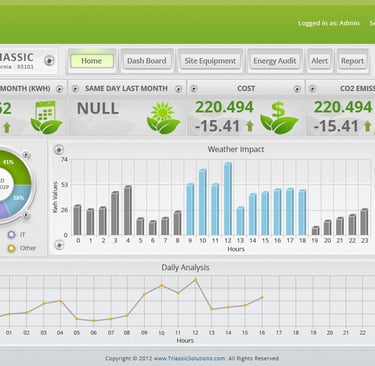Introduction
Green building practices have gained significant attention in recent years as a way to reduce the environmental impact of buildings. One area where green building can make a significant difference is in the implementation of IoT power monitoring systems. These systems allow for real-time monitoring and control of energy usage, leading to more efficient operations and reduced energy waste. In this article, we will explore how IoT power monitoring can be applied to different sectors, including industry, hotel resorts, and cities.
IoT Power Monitoring in Industry
The industrial sector is known for its high energy consumption, making it an ideal candidate for IoT power monitoring. By implementing IoT sensors and devices, industries can gather data on energy usage, identify areas of high consumption, and implement strategies to reduce waste. For example, real-time monitoring can help identify equipment that is not operating efficiently or is consuming excessive energy. By addressing these issues promptly, industries can significantly reduce their carbon footprint and save on energy costs.
IoT Power Monitoring in Hotel Resorts
Hotel resorts are another sector that can benefit from IoT power monitoring. With numerous facilities, guest rooms, and amenities, hotels consume a considerable amount of energy. IoT power monitoring can help identify areas of energy waste, such as rooms with lights or air conditioning left on when unoccupied. By integrating IoT sensors and smart controls, hotels can automate energy-saving measures, such as adjusting room temperature based on occupancy or optimizing lighting schedules. These measures not only reduce energy consumption but also enhance guest comfort and satisfaction.
IoT Power Monitoring in Cities
Cities are complex systems with extensive energy requirements. IoT power monitoring can play a crucial role in optimizing energy usage in urban areas. By deploying sensors and IoT devices across different infrastructure components, such as streetlights, traffic signals, and public buildings, cities can gather real-time data on energy consumption patterns. This data can then be used to identify opportunities for energy efficiency improvements, such as optimizing lighting schedules, implementing smart grid systems, or promoting the use of electric vehicles. By leveraging IoT power monitoring, cities can become more sustainable and reduce their overall energy demand.
Conclusion
IoT power monitoring is a powerful tool for promoting green building practices in various sectors. By implementing IoT sensors and devices, industries, hotel resorts, and cities can gain valuable insights into energy consumption patterns and identify areas of waste. This data-driven approach allows for targeted energy-saving measures, reducing both environmental impact and operating costs. As green building practices continue to gain momentum, the integration of IoT power monitoring will play a vital role in creating more sustainable and energy-efficient environments.




